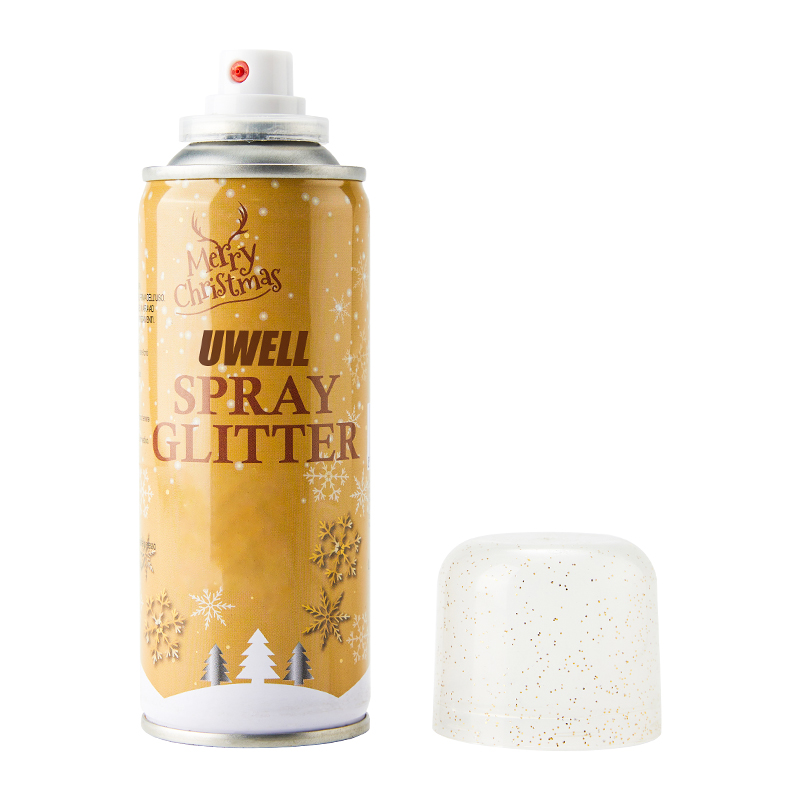15 Years Professional manufacturer focusing on R&D, production and sales of aerosol product.
 +86 199 5793 1696
+86 199 5793 1696 [email protected]
[email protected]
15 Years Professional manufacturer focusing on R&D, production and sales of aerosol product.
 +86 199 5793 1696
+86 199 5793 1696 [email protected]
[email protected]Keeping the interior of a car clean can be a bit of a hassle, especially when dust, crumbs, and stains start to build up. Car Interior Foam cleaners have started to become a go-to choice for many drivers looking for a more straightforward way to maintain their car’s cabin. These spray foam car interior cleaner solutions are gaining attention because they simplify the cleaning process without requiring a lot of effort or specialized tools.

One of the appealing things about foam cleaners is how they work. Once sprayed, the foam expands slightly, clinging to surfaces like dashboards, seat fabrics, and even hard-to-reach spots between buttons. This allows dirt to lift off more easily during wiping. Unlike some liquid cleaners, foam doesn't drip or run, which helps when cleaning around components like a Manifold Cabinet, where precise application matters.
Many car owners also appreciate how foam cleaners handle both fabric and plastic surfaces. A quick spray and a wipe are often enough to refresh areas that see daily use. This becomes particularly handy when cleaning near sections that house integrated heating vents. Since those spots can gather dust over time, using a cleaner that doesn't oversaturate the area is important. Foam stays where you spray it, allowing for better control during the cleaning process.
The balance of convenience and effectiveness lies in the details. Foam cleaners are easy to apply, and lots of don't need rinsing afterward. This means less mess and less time spent. When working around a Manifold Cabinet, where access can be limited, the foam’s ability to clean without additional steps is a big advantage. It's these smaller, often overlooked parts of a car’s interior that really benefit from targeted, low-drip cleaning methods.
In colder seasons, drivers often rely heavily on integrated heating systems to keep their cabins comfortable. These systems push air through vents that can accumulate dust and debris. Foam cleaners come in handy here too. Lightly applying foam around vent openings helps maintain air quality without the risk of wetting electrical components inside the integrated heating system. And again, around areas like the Manifold Cabinet, the need for precise, low-moisture cleaning is clear.
That said, no single product works for every type of mess. While foam cleaners are good for general upkeep and light stains, they might not always be enough for deep cleaning after spills or long-term buildup. Still, for regular maintenance, they strike a fair compromise between effort and results. People who use them regularly often say their interiors feel fresher with small hassle. Especially when it comes to components like the Manifold Cabinet, a consistent cleaning routine helps prevent grime buildup that could interfere with access or operation.
Another thing to keep in mind is how foam cleaners interact with heat. Cars with integrated heating elements in the seats or near the dashboard can sometimes retain warmth even after the engine is off. In these cases, it’s better to let surfaces cool slightly before spraying foam. This prevents the cleaner from evaporating too quickly and ensures it has time to lift dirt properly. Around sensitive equipment such as the Manifold Cabinet or under panels with integrated heating, it’s good practice to wipe gently and avoid oversaturation.
Foam cleaners offer a middle-ground solution for car interiors. They’re simple to use, reasonably effective for everyday cleaning, and particularly helpful around areas like the Manifold Cabinet and vent zones tied to integrated heating systems.
Aerosol Spray Manufacturer


